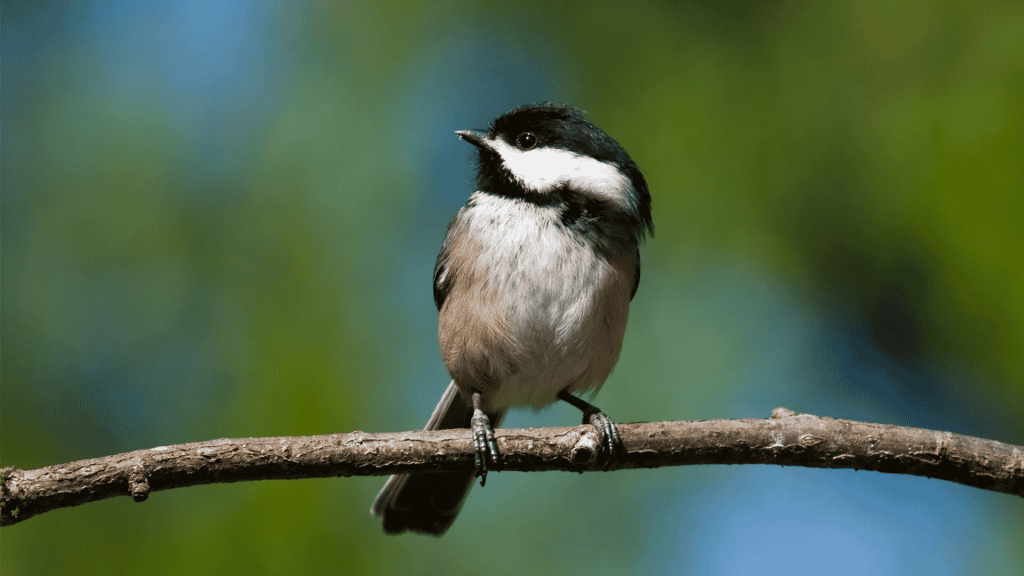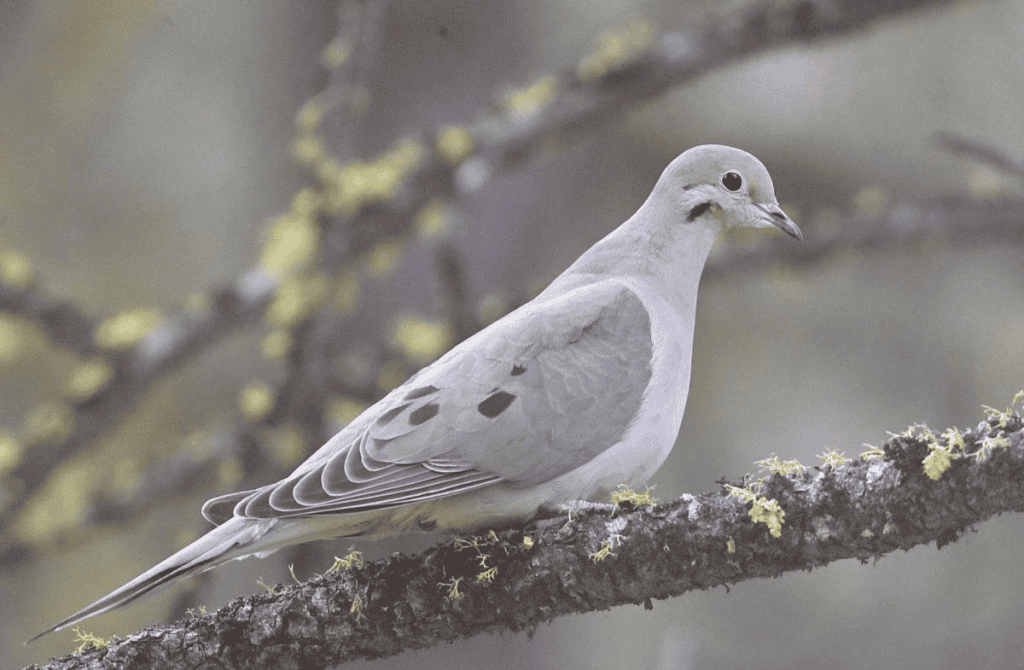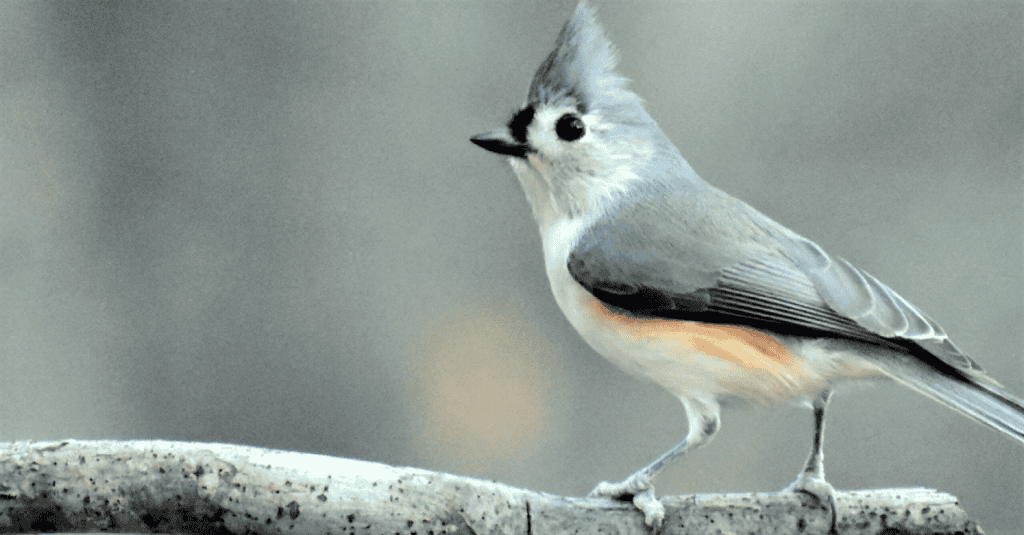Whether you live on the East Coast or the Midwest, there’s so many interesting birds to watch. Our 10 acre property is basically right on the Ohio and Pennsylvania border and close to Lake Erie.
When we moved into our farmhouse it was a cold and snowy late December. And we immediately noticed the many Blue Jay’s and the beautiful red Cardinal birds sitting on the branches of our magnolia tree right by the window of our bedroom. And guess what?
That is what started our fascination for bird watching. We’ve seen bald eagles, falcons and many other birds right from our bedroom window. In 2021, we purchased several bird feeders, some even with a video-camera attached to it, but more about that in another blog post.
Pennsylvania is home to a variety of beautiful and fascinating backyard birds that can easily be spotted right from your porch or garden. While I don’t claim to be a bird-expert (I’ve had to research and look up the names of most of the birds living here as I grew up in Europe), whether you’re a seasoned birdwatcher or just starting to appreciate the joy of observing wildlife, this blog post is about a light and short introduction, highlighting some of the common backyard birds in PA.
There’s unique aspects to each and every single bird shown in this blog post, and there’s a lot to learn, for instance where to spot them, and how to attract them to your yard. From vibrant cardinals to the cheerful chickadee, these birds add charm, color, and personality to your property.
1. Northern Cardinal

image source: http://aswp.org/
The Northern Cardinal is a striking bird with bright red plumage (males) and warm brown tones (females). Known for their sweet whistling songs, cardinals are year-round residents in PA. They are drawn to sunflower seeds and are easy to attract with a platform feeder. Their vivid appearance makes them a favorite among bird enthusiasts. Personally, I enjoy seeing them especially when it is snowing.
The bright red color of male Northern Cardinals comes from special pigments in their food called carotenoids. If they don’t eat enough of these foods, their feathers can turn more brownish.
2. Black-capped Chickadee

image source: https://www.perkypet.com
The Black-capped Chickadee is a small, friendly bird with a black cap and bib, white cheeks, and a curious nature. Chickadees often visit feeders filled with sunflower seeds, suet, or peanuts. Their cheerful “chick-a-dee-dee-dee” call is a recognizable sound in Pennsylvania’s backyards year-round.
Black-capped Chickadees use their calls to warn about danger. The more “dee” sounds they add to their “chickadee-dee-dee” call, the bigger the threat they are warning about.
3. American Robin

image source: https://www.allaboutbirds.org
Known for their bright orange-red breast, American Robins are often seen hopping on lawns in search of worms. They are a sign of spring but can be spotted year-round in milder regions. Robins are ground feeders, so providing open spaces with fruit and mealworms can encourage their visits.
The American Robin is the state bird of Connecticut, Michigan, and Wisconsin. It has a sweet tooth and loves eating fruits, berries, and even pastries.
4. Blue Jay

image source: http://www.aswp.org
Blue Jays are bold, intelligent birds with brilliant blue plumage and at times, at least according to their widespread reputation, noisy personalities. Indeed, I can hear them all the time when out doing yard work or checking on the deer trails.
They are highly social and often travel in small groups. Blue Jays enjoy peanuts, suet, and sunflower seeds, making them frequent visitors to backyard feeders. Their loud calls often signal their presence.
Blue Jays aren’t really blue! Their feathers are actually brown, but they look blue because of the way light reflects off them. This is called light scattering.
5. American Goldfinch

image source: https://www.backyardecology.net/
The American Goldfinch is a small, vibrant yellow bird that brightens up backyards in the warmer months. In winter, their feathers turn a dull olive-brown. Goldfinches love thistle (nyjer) seeds and can often be seen at specialized feeders. Their cheerful flight and sweet songs make them a joy to watch.
The American Goldfinch is the only finch that changes its feathers twice a year. In summer, it’s bright yellow, but in winter, it turns a duller color to blend in better.
6. House Sparrow

image source: https://www.allaboutbirds.org/
House Sparrows are small, brown birds that adapt well to urban and suburban environments. They are common visitors to backyard feeders, especially those stocked with millet, cracked corn, and sunflower seeds. Despite their unassuming appearance, they are hardy and social birds.
House Sparrows are very adaptable birds. They live in all kinds of places, from Death Valley, which is below sea level, to high mountains over 10,000 feet up. They were first brought to North America in 1851 in Brooklyn, New York.
7. Mourning Dove

image source: https://snco.org/
Mourning Doves are graceful, slender birds with soft gray-brown feathers and a mournful cooing call. They often feed on the ground, preferring cracked corn and millet. Mourning Doves are peaceful visitors that bring a calming presence to any backyard setting.
Mourning Doves drink water differently from most birds—they suck it up like a straw instead of tilting their heads back. They can drink all the water they need for the day in less than 20 seconds.
8. Downy Woodpecker

image source: https://www.backyardecology.net
The Downy Woodpecker is the smallest woodpecker in North America, with black-and-white feathers and a distinctive red patch on the males. They are often seen clinging to trees or suet feeders. Providing suet blocks and peanuts is a great way to attract these agile birds.
The Downy Woodpecker is the smallest woodpecker in North America, only about 6 to 7 inches long. It’s often seen at bird feeders and is known for its fun acrobatic moves while looking for food.
9. Tufted Titmouse

image source: https://www.phipps.conservatory.org/
Tufted Titmice are small, gray birds with a pointed crest and big black eyes. They are quick and energetic, often seen darting back and forth to feeders for sunflower seeds, suet, and peanuts. Their friendly demeanor makes them a favorite among birdwatchers.
The Tufted Titmouse likes to collect and store food during fall and winter so it has enough to eat when food is harder to find.
10. European Starling

image source: https://www.lakemetroparks.com
European Starlings have iridescent black feathers that shimmer with purple and green hues in the sunlight. They are adaptable and often travel in flocks. Starlings are drawn to suet, cracked corn, and mealworms. While considered invasive, their unique plumage and acrobatics can still impress.
European Starlings were brought to North America in the 1890s by people who loved Shakespeare and wanted all the birds mentioned in his plays to live in Central Park. Now there are over 200 million of them!
We’ve had a lot of joy observing backyard birds. It is a nice and relaxing and rewarding hobby that connects you to nature, right in your own backyard. More on feeders, suets and wild bird feed in upcoming blog articles.
References:
Rob Hume (2022). A Field Guide to Backyard Birds of North America: A Visual Directory of the Most Popular Backyard Birds. Chartwell Books.
www.backyardchirper.com
www.greenwood.wbu.com
www.audubon.org
